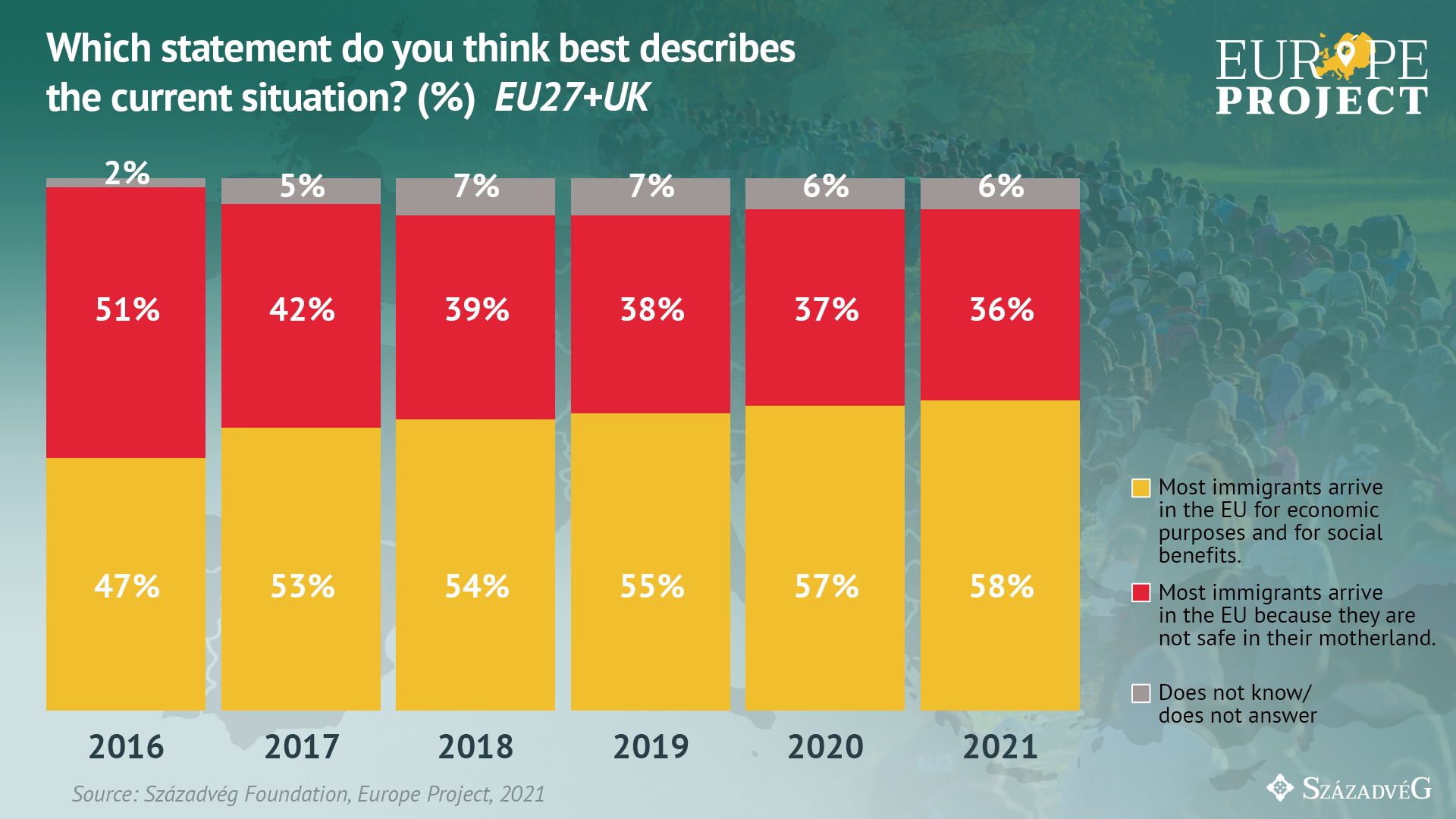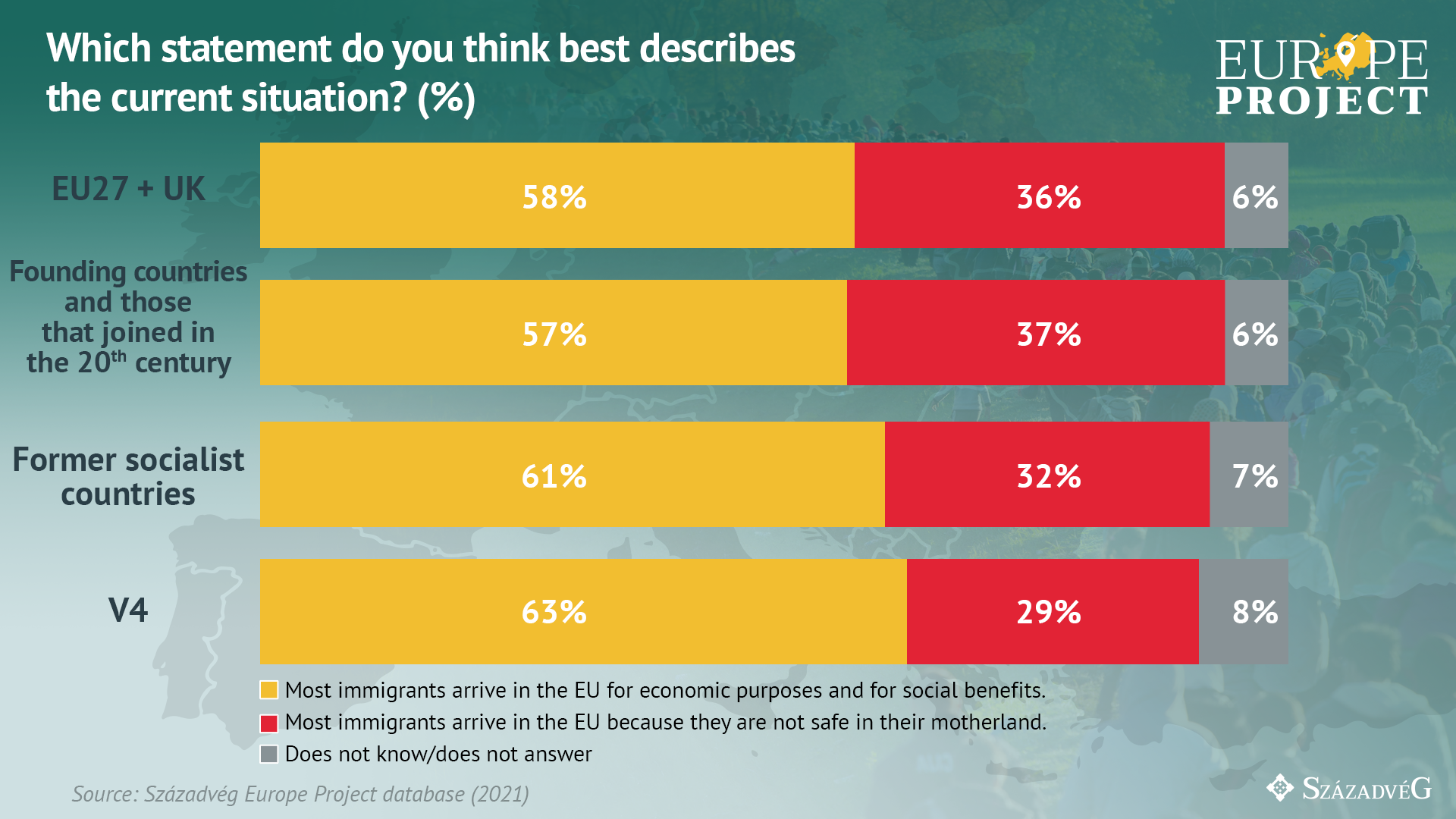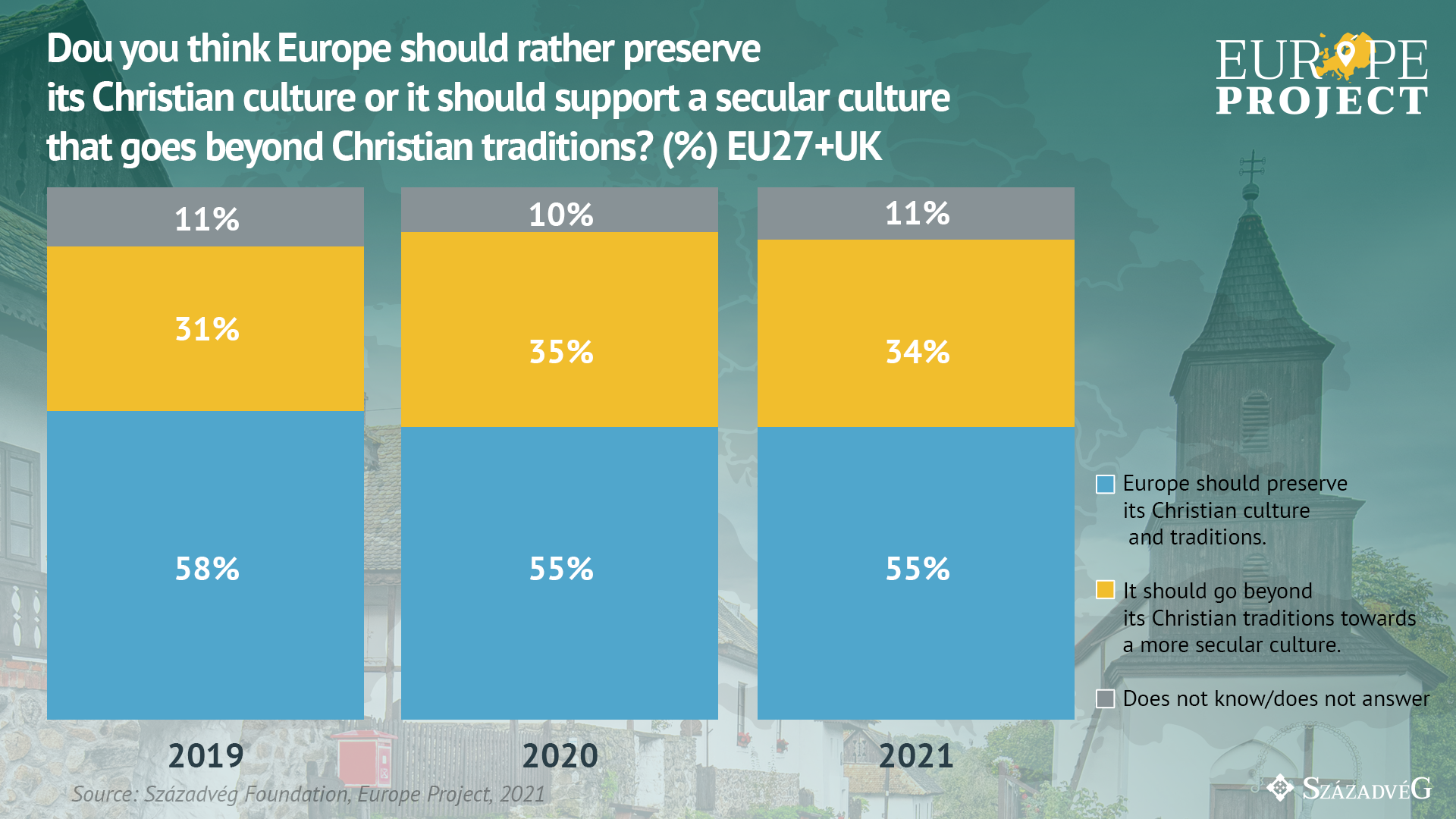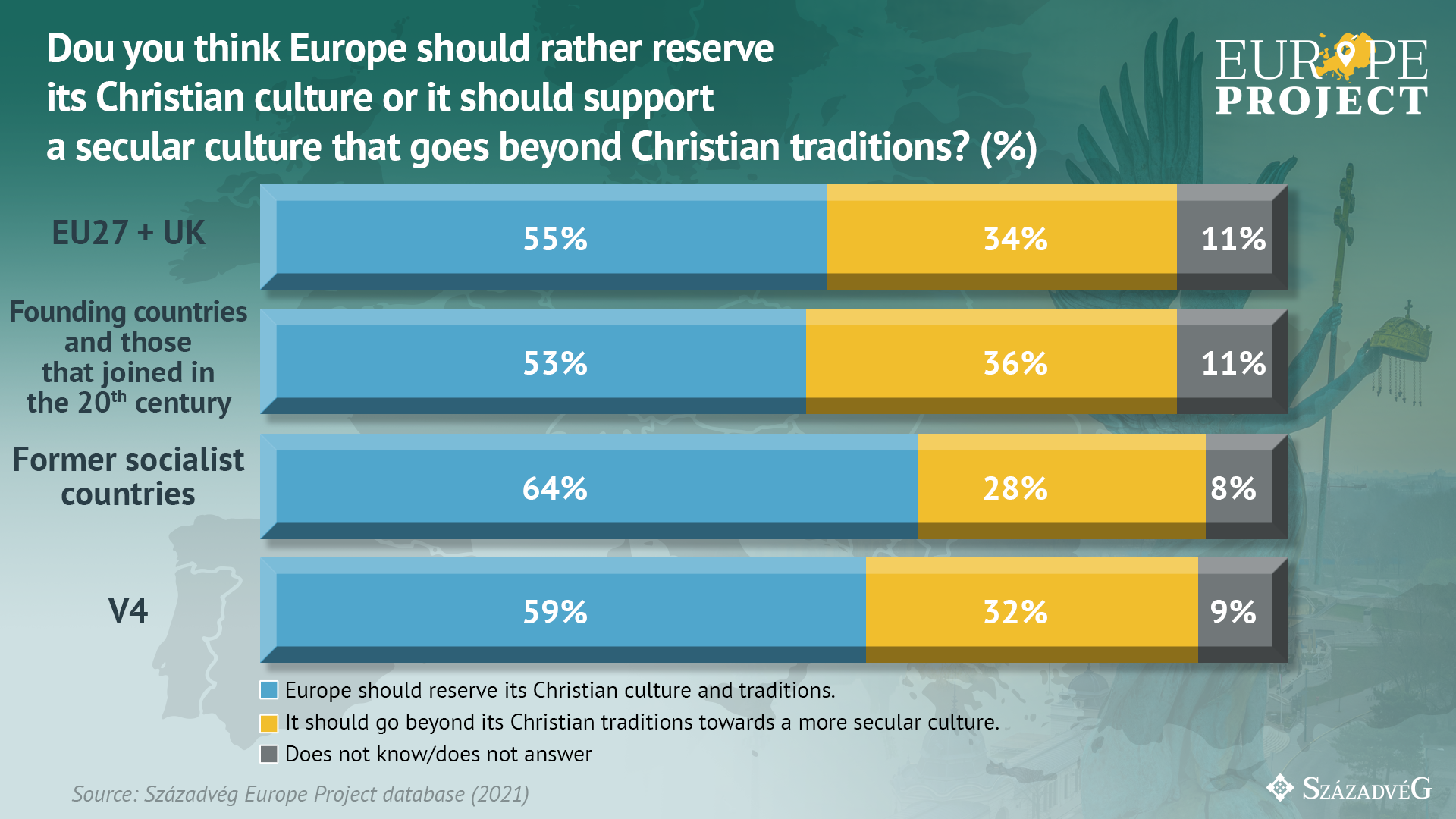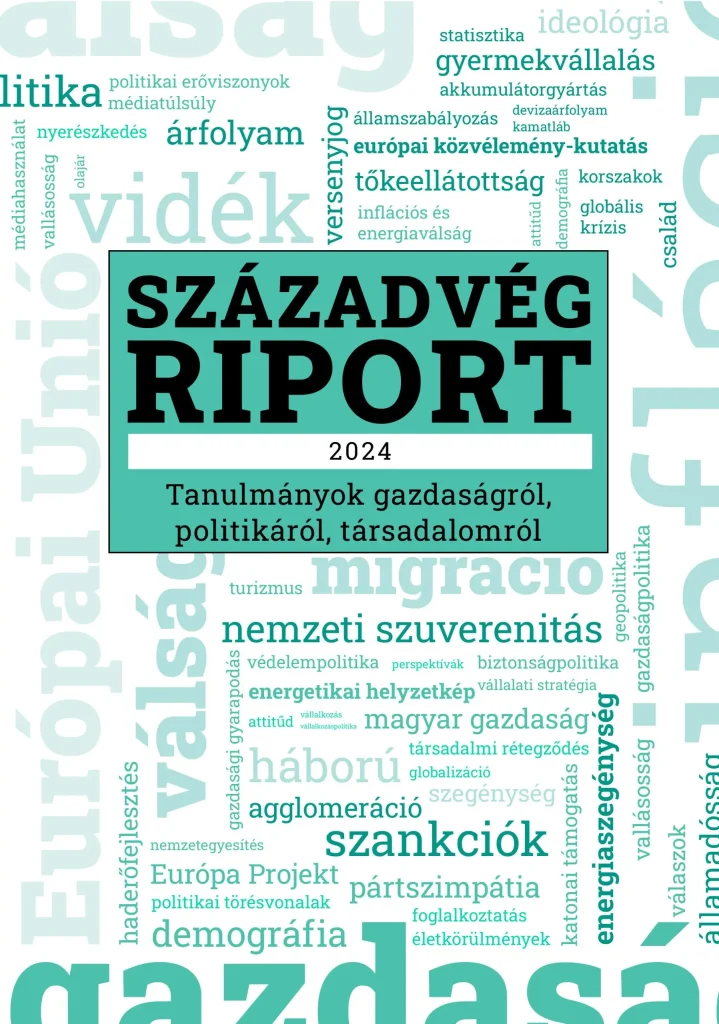2021 – illegal migration is in focus again
Immigration to Europe has increased significantly in recent decades through both legal and illegal channels.1 Immigrants from third countries have created increasingly large diasporas in key Western and Northern EU Member States. Although it is difficult to get a comprehensive and accurate picture of the social consequences of migration, the Western mainstream political elite is now beginning to acknowledge that (mass) immigration also has significant negative effects. This is particularly true of illegal migration, which poses a strong security risk for Member States. The awkward results, at best, of the integration of people from outside Europe, the terrorist acts perpetrated by non-integrated people, the strain on the welfare and social systems of the Member States or the deterioration of the sense of security are all consequences that emerge in a powerful way. These earlier negative effects have been exacerbated by the migration crisis in 2015, culminating in a mass of people of more than 2 million who arrived in the territory of the EU (2015-2016). The mass influx immediately shattered the Greek asylum system and the Dublin system. It was clear from the beginning that, in addition to the Syrians fleeing the war, hundreds of thousands of people of other nationalities were trying to enter the continent by circumventing the rules of asylum. The EU and Western Member States’ communication based solely on a humanitarian narrative made things worse. In recent years, we managed to avoid a similar level of illegal influx, which has been made possible by the border protection measures of the Member States, including Hungary, and the EU-Turkey Declaration. However, in parallel with the reduction in migratory traffic on the Eastern Mediterranean route, old-new routes have become popular again, with between 100,000 and 200,000 people appearing to enter the EU illegally every year without a “problem”. Although the outbreak of the coronavirus pandemic in 2020 curbed irregular immigration for a few months, arrival statistics rose dynamically from the middle of the year, with an increasing number of people in regions that are main sources of migration deciding to leave for Europe, due to the economic and social consequences of the pandemic. One of the new developments of 2021 was the opening of a new migration front on the eastern border of the EU towards the Baltic States and Poland as part of the Belarusian President’s pressure game. Although the action did not achieve its goal of lifting economic sanctions and recognising Lukashenko as president, events highlighted the painful lack of consensus on EU asylum and migration reform. However, it has also been shown that the “main body of forces” in the fight against illegal migration is still provided by Member States.
The majority of EU citizens – rightly – see economic migration
Within the framework of the Europe Project, we asked EU citizens why they thought immigrants were coming to the EU. The majority of respondents (58 percent) said that the explanation for immigration is economic reason and the availability of social benefits, while roughly one-third (36 percent) say that newcomers seek safe refuge. It is important to note that the proportion of those who consider migration to the EU as economic immigration has steadily increased in recent years.
Although in practice it is not at all easy to separate those who are actually in need of asylum from those arriving for economic purposes, in 2015 the EU and most Member States spectacularly abandoned the possibility of doing so by failing to differentiate the admission of illegal masses. An important consequence is the mass abuse of asylum, which has been reflected in the overall EU recognition rate of 30-40 percent over the years.2 In addition, the high rejection rate creates another anomaly, as the vast majority of repatriations (60-70 percent) cannot be carried out for various reasons.3 This is how the EU’s one-sided humanitarian approach has become a so-called pull factor that increases illegal migration. Actually, the hot spot concept represented by the V4 countries tried to address this anomaly. Economic immigration is also justified by the transition of the regions that are sources of migration in recent years, which basically explains the low recognition rates. Arrival statistics show that, in addition to the Middle East, more and more people are leaving Sub-Saharan Africa, the Maghreb and South Asia.4 Although armed conflicts and acts of violence are not uncommon in these regions, especially in Sub-Saharan Africa, the biggest problems are typically caused by low incomes, high unemployment, insecurity and demographic trend that cannot be separated therefrom. Although fertility statistics are now declining in several countries that are sources of migration, they are still practically above European level, and are particularly high in Sub-Saharan Africa and South Asia. In addition, the coronavirus pandemic has clearly worsened the socio-economic conditions in the countries that are sources of migration, further widening the gap between the developed North. This in itself foresees an increase in migratory pressures in Europe, including a short-term increase in economic (illegal) immigration, which is clearly shown by statistics in 2021.5 Interestingly, while 57 percent of the founding countries and the Member States that joined before the millennium cited economic motivation as the primary explanatory factor for immigration, this proportion was already 60 percent among post-socialist EU members and 63 percent among the Visegrad countries in particular.
In terms of response rates at Member State level, only 5 out of the 27 EU countries have a (relative or absolute) majority of those who think that those who arrive at the EU border are refugees: 47 percent in Sweden, 52 percent in Portugal and Cyprus, 57 percent in Malta and 58 percent in Luxembourg thought so.
The majority would preserve Europe’s Christian culture
Within the framework of the Europe Project, we also asked whether EU citizens would preserve European Christian culture and traditions or would rather move towards a secular culture. Although the issue is not related to immigration at first sight, the fact that significant Muslim diasporas have emerged in the old Member States in recent decades creates a connection to the topic presented here. This is reinforced by the large number of Muslims who arrived in the 2015 wave of migration and beyond. Although we do not have accurate statistics, the U.S. Pew Research Center previously estimated that the number of people with a Muslim background in Europe approached 26 million in 2017.6 Mass large-scale immigration is fundamentally shaping host societies. In the case of Europe, illegal migration is the least influential factor in this process: legal channels, especially family reunification and formal employment, contribute much more to the absolute and relative growth of the Muslim minority.7
In answering the above question, a majority (55 percent) expressed the importance of preserving Christian culture, while roughly one-third (34 percent) of respondents would move Europe towards secularism. It is noteworthy that the proportion of those who could not or did not want to respond is relatively high (11 percent). These response rates are broadly in line with the results of the 2020 query.
An instructive picture emerges when examining response rates by country group. Among post-socialist countries, including the V4 countries, there is a significantly higher proportion (64 percent and 59 percent, respectively) of those who would preserve a Christian profile in Europe (this proportion is 53 percent among the founding countries and those who joined until the millennium).
Examining the responses at Member State level, it can be said that in Spain alone, there was a (relative) majority of those who would like to see a more secular culture in Europe (48 percent). However, in 22 of the 27 Member States an absolute majority was in favour of Christian culture and traditions: there was a response rate of over 70 percent in Hungary and the Czech Republic (73 percent each), in Romania (76 percent) and in Bulgaria (83 percent). It is noticeable that in several Member States there were relatively many who could not/did not want to take a position on the issue, suggesting a sensitive/more divisive nature of the issue (17 percent in Sweden and 14 percent in the Netherlands and Finland, for example).
In the first half of 2016, the Századvég Foundation conducted a public opinion poll survey covering all 28 European Union Member States, with the aim to analyse the opinions of EU citizens regarding the issues that most affect the future of the EU. In a unique way, Project 28 conducted the widest possible survey of 1,000, that is a total of 28,000 randomly selected adults in each country. Gaining an understanding of society’s sense of prosperity and mapping the population’s attitudes towards the performance of the European Union, the migration crisis and the increasing terrorism were among the most important goals of the analysis. The Századvég Foundation, on behalf of the Hungarian Government, conducted the research again in 2017, 2018 and 2019, which continued to reflect on the topics that most determined the European political and social discourse.
In 2021, the aim of the survey is again to map the population’s attitude towards the most important public issues affecting our continent. In addition to society’s sense of prosperity, the performance of the European Union and the attitudes towards the migration crisis, in line with the latest challenges affecting Europe, the dominant theme of this year’s poll is the coronavirus pandemic, climate change, energy supply and family policy. In addition to the European Union Member States, the 2021 research covered the United Kingdom, Norway, and Switzerland, interviewing a total of 30,000 randomly selected adults using the CATI method between 1 and 15 September.
[1] For legal channels see, for example, the stock data of the UN (https://www.un.org/en/development/desa/population/migration/data/estimates2/estimates19.asp), and for illegal ones, see the data of Frontex (https://frontex.europa.eu/we-know/migratory-map/) (both retrieved: 10.12.2021)
[2] See relevant Eurostat data: https://ec.europa.eu/eurostat/databrowser/view/migr_asydcfsta/default/table?lang=en (Retrieved: 2021.12.10.)
[3] The inadequacy of repatriations was also identified by the European Court of Auditors and explained it substantially by low-efficiency readmission agreements. See: https://www.eca.europa.eu/en/Pages/NewsItem.aspx?nid=15697 (Megtekintve: 2021.12.10.)
[4] See for example the monthly data of Frontex: https://frontex.europa.eu/ (Retrieved: 2021.12.10.)
[5] For each question, we also aggregated the response rates by country group.
[6]Estimation is available at: https://www.pewforum.org/2017/11/29/europes-growing-muslim-population/ (Retrieved: 10.12.2021)
[7]See, for example, a recent analysis of the Migration Research Institute: https://www.migraciokutato.hu/wp-content/uploads/2021/12/20211213_HORIZONT_2021_19_sayfo_omar_a_hazastars_import_problemai.pdf (Retrieved: 19.12.2021)
